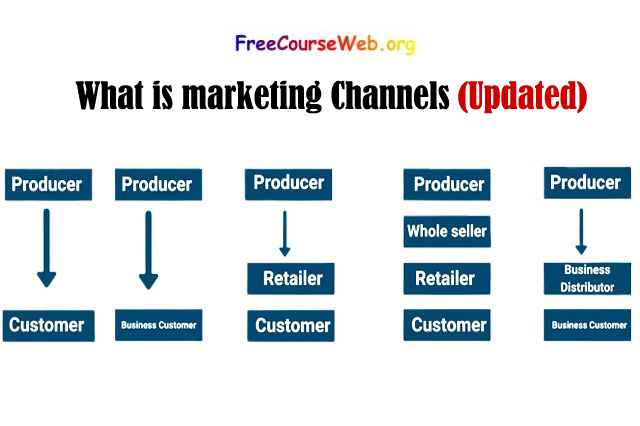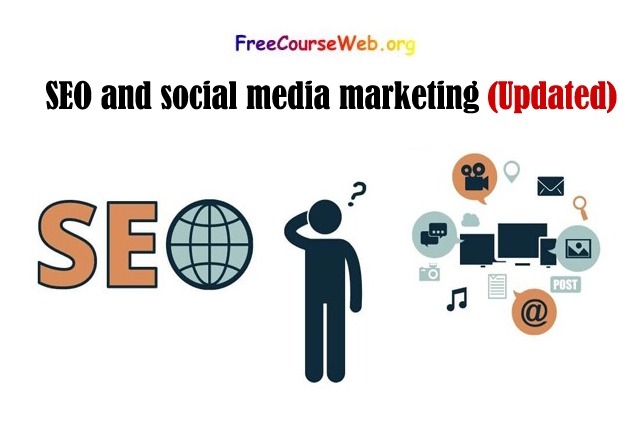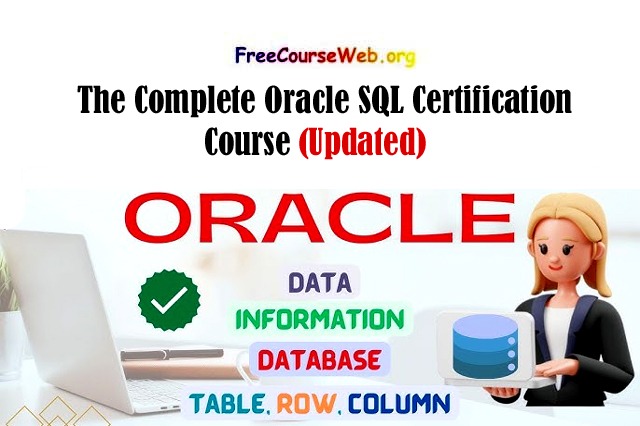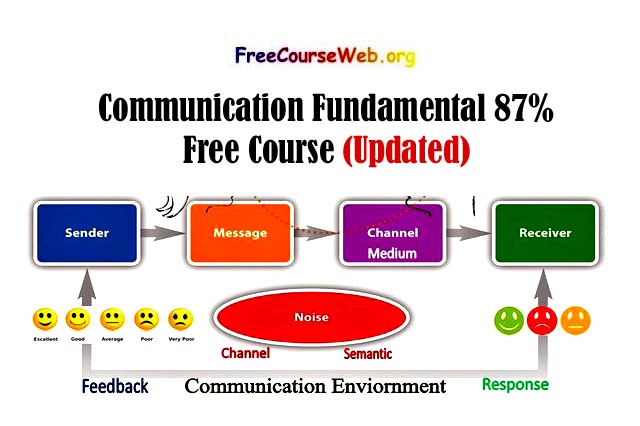What is marketing Channels : Marketing channels, also known as distribution channels, are the intermediaries through

What is marketing Channels
which a company’s products or services are made available to customers.
These channels can include wholesalers, retailers, distributors, agents, and other intermediaries that help move the product from the manufacturer to the end consumer.
The goal of marketing channels is to create a seamless and efficient process for getting products to customers while maximizing the value and profitability for all parties involved.
What is Affiliate Marketing Concept
What is Blog Marketing? Benefits of Blog Development
Free Marketing Courses with 85% Discount
Why are Marketing Channels Important?
Marketing channels are important because they provide businesses with a way to reach and communicate with their target audience. By utilizing various channels such as advertising, social media, email marketing, and search engine optimization, businesses can create awareness and interest in their products or services. Effective marketing channels can also help build brand loyalty and increase customer engagement, leading to long-term growth and profitability for the business.
5 Digital Marketing Channels for Promoting Your Product
There are many digital marketing channels available to promote products, but five popular ones are:
- Social Media Marketing: Utilizing social media platforms such as Facebook, Instagram, Twitter, and LinkedIn to promote products and engage with customers.
- Search Engine Marketing: Paying for ads or optimizing content for search engines like Google and Bing to increase visibility and drive traffic to a website.
- Email Marketing: Sending personalized email messages to target audiences to promote products and build relationships with customers.
- Content Marketing: Creating valuable and engaging content such as blog posts, videos, and podcasts to attract and educate potential customers.
- Influencer Marketing: Collaborating with social media influencers or bloggers to promote products to their followers and reach a wider audience.
What are the 4 types of marketing channels?
What is marketing Channels…
- Direct Channel: This involves direct communication between the producer and the consumer, such as selling products through a company’s website or physical store.
- Indirect Channel: This involves intermediaries, such as wholesalers, retailers, and distributors, who sell and distribute products on behalf of the producer to the end consumer.
- Dual Distribution Channel: This involves using both direct and indirect channels to reach the target audience.
- Reverse Channel: This involves the process of returning goods from the consumer to the producer, such as returns or exchanges, and can be a critical part of customer service and satisfaction.
What is a marketing channel example?
An example of a marketing channel is a company that produces and sells its own products through its website and physical retail stores, as well as through third-party retailers and distributors.
For instance, a clothing company may sell its products through its website and physical retail stores, while also partnering with major department stores and online marketplaces like Amazon to reach a wider audience. In this case, the company is using a combination of direct and indirect marketing channels to promote and sell its products.
What is marketing channel importance
Marketing channels are important because they provide businesses with a way to reach their target audience, communicate with them, and sell their products or services. Effective marketing channels help businesses to create brand awareness, generate interest, and build trust with potential customers. Additionally, marketing channels provide valuable feedback and insights into customer needs and preferences, allowing businesses to tailor their marketing strategies and products to better meet those needs. By utilizing multiple marketing channels, businesses can increase their reach and engagement with their target audience, leading to increased revenue, growth, and long-term success.
What is Channel and types?
In the context of marketing, a channel refers to the means through which a product or service is delivered to the customer. The main types of channels are:
- Direct Channel: The product or service is delivered directly from the producer to the customer, without any intermediaries. For example, selling products through the company website or physical store.
- Indirect Channel: The product or service is delivered to the customer through one or more intermediaries, such as wholesalers, retailers, or distributors. For example, a manufacturer selling products to a retailer, who then sells to the end consumer.
- Dual Distribution Channel: This type of channel combines both direct and indirect channels to reach the target audience. For example, selling products through the company website and physical stores, as well as through third-party retailers and distributors.
- Reverse Channel: This channel is used for the return or exchange of goods from the customer to the producer, such as a product recall or customer return.
- Multichannel: This type of channel involves using multiple marketing channels, such as direct, indirect, and online, to reach a wider audience and maximize sales opportunities.
What is the best marketing channel?
There is no one-size-fits-all answer to the question of what is the best marketing channel, as it can vary depending on the nature of the business, the target audience, and the specific marketing goals. However, businesses can choose the most effective marketing channels by considering the following factors:
- The target audience: Choose the marketing channels that are most likely to reach and engage the target audience.
- The marketing goals: Determine the specific goals of the marketing campaign, such as increasing brand awareness, generating leads, or driving sales, and choose the channels that align with those goals.
- The budget: Consider the cost of each marketing channel and choose the channels that provide the best return on investment within the available budget.
- The industry and competition: Analyze the marketing channels used by competitors and identify any opportunities for differentiation or unique positioning.
Ultimately, the most effective marketing channels are those that align with the business’s specific needs and objectives, and that resonate with the target audience.
What is marketing channel structure?
A marketing channel structure refers to the system of intermediaries and activities involved in the delivery of a product or service from the producer to the end consumer. The structure can be broken down into various levels or tiers, depending on the number and types of intermediaries involved.
The typical marketing channel structure includes the following levels:
- Producer: The entity that creates or manufactures the product or service.
- Wholesaler: An intermediary that purchases products from the producer in bulk and sells them to retailers or other intermediaries.
- Retailer: An intermediary that purchases products from the wholesaler or directly from the producer and sells them to the end consumer.
- End Consumer: The person or entity that ultimately uses or consumes the product or service.
Marketing channel structure can vary based on the type of product, target audience, and geographic region. For example, a luxury fashion brand may use a direct channel structure to maintain brand exclusivity, while a mass-market consumer goods brand may use an indirect channel structure to maximize reach and distribution.
What are the major functions of marketing channels?
The major functions of marketing channels are:
- Distribution: To ensure that the product or service is available at the right time and place for the end consumer.
- Promotion: To create awareness of the product or service and generate interest and demand among potential customers.
- Negotiation: To negotiate the terms of the sale and ensure that the product or service is priced correctly for the market.
- Financing: To provide financial assistance to producers or intermediaries to help them finance the production or distribution of the product.
- Risk taking: To assume the risk of holding inventory, ensuring that the product or service is available to the end consumer when needed.
- Physical possession: To physically transfer the product or service to the end consumer, which involves transportation, storage, and handling.
- Information: To provide information about the product or service, such as features, benefits, and pricing, to help the end consumer make an informed purchase decision.
By performing these functions effectively, marketing channels help to create value for the end consumer and ensure the success of the product or service in the marketplace.
What is a channel strategy?
A channel strategy refers to the plan that a business creates to effectively reach and deliver its products or services to its target market through various channels. The strategy outlines the methods and activities that the business will use to create demand, engage customers, and deliver the product or service. A channel strategy typically includes the following components:
- Channel Selection: The business identifies the most appropriate marketing channels to reach its target market, such as direct, indirect, or multichannel.
- Channel Management: The business establishes relationships with intermediaries, such as wholesalers, retailers, or distributors, and manages those relationships to ensure that the product or service is delivered effectively to the end customer.
- Channel Marketing: The business creates marketing materials and campaigns that are targeted to the specific channel(s) being used, such as online, social media, or print.
- Sales and Distribution: The business creates a plan for selling and distributing the product or service through the selected channels, including pricing, inventory management, and logistics.
- Performance Metrics: The business establishes metrics to measure the success of the channel strategy, such as sales volume, customer acquisition cost, and customer retention rates.
By developing an effective channel strategy, businesses can ensure that their products or services are delivered to the right customers, at the right time, and through the most appropriate channels, leading to increased sales and business success.





















